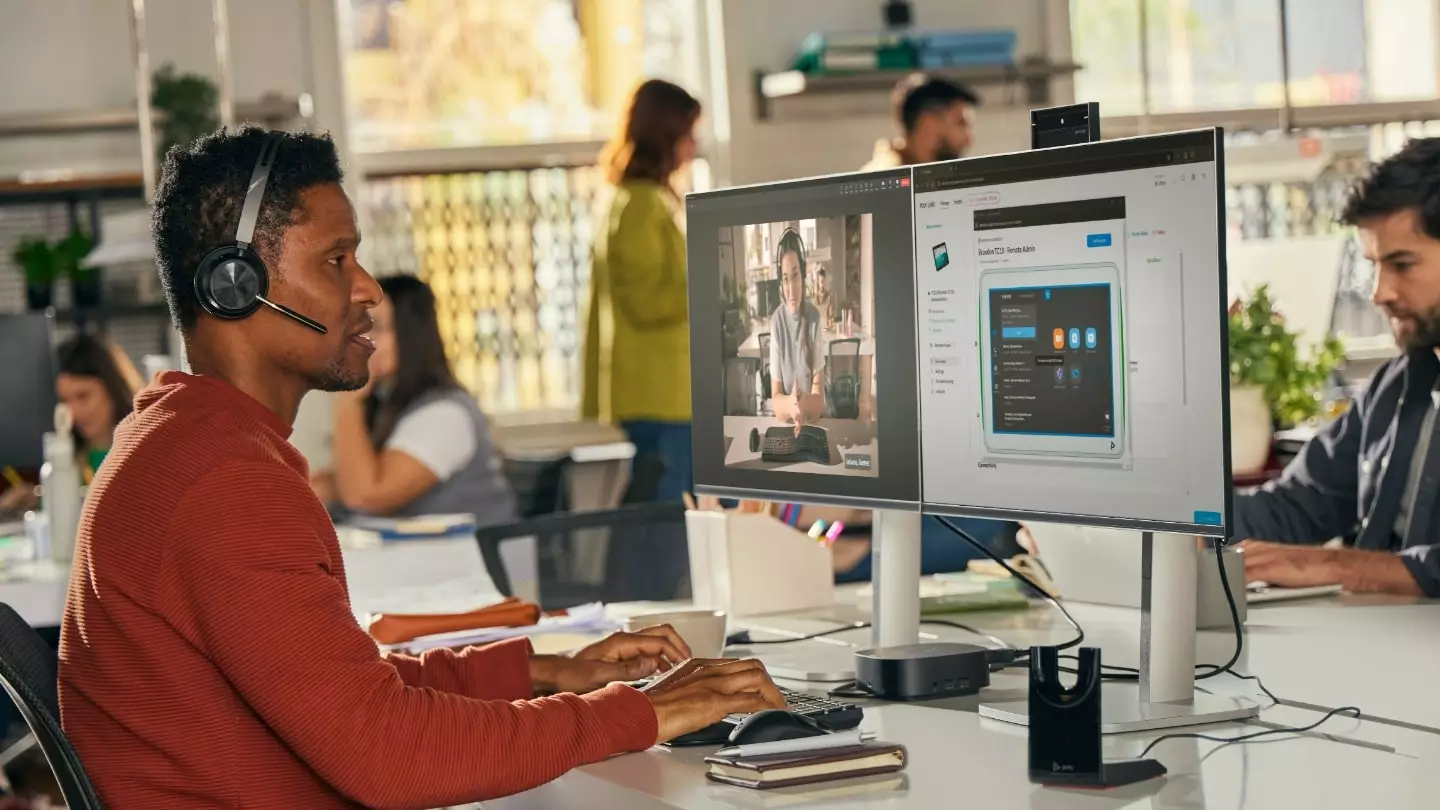The Indian personal computer (PC) market is experiencing a notable resurgence, displaying a commendable growth trajectory of 3.8 percent year-over-year (YoY) in 2024. This increase indicates a recovery and evolving consumer preferences in a landscape heavily influenced by technological advancements and changing market dynamics. In this article, we will explore how various factors contributed to this positive shift, analyze the competitive landscape among leading brands, and identify the key segments driving the market.
According to insights from the International Data Corporation (IDC), total shipments of PCs—including desktops, notebooks, and workstations—reached an impressive 14.4 million units in India for the year 2024. This growth can largely be attributed to significant public sector spending and a surge in demand for gaming and AI-enabled devices. The report emphasizes that not only did overall PC shipments grow, but noteworthy increases were also observed in specific categories, such as notebooks, which saw a 4.5 percent YoY surge.
The workstation market notably stood out, realizing a remarkable growth of 10.9 percent. Such developments suggest that consumers and businesses alike are increasingly recognizing the importance of powerful computing capabilities, particularly for specialized tasks in fields like design, engineering, and data analytics. The advancements in hardware technology, specifically AI integration, have become pivotal in driving this market forward, appealing to both casual users and professionals.
HP led the Indian PC market with a commanding 30.1 percent market share in 2024. Although its dominance remains unchallenged in many segments, HP’s consumer sector faced a notable decline of 7.5 percent YoY. This decline can primarily be attributed to intensified competition within the retail and eTailer spaces, compelling HP to rethink its consumer engagement strategies.
Lenovo came in second, capturing 17.2 percent of the market share, with growth in both the consumer and commercial segments signifying its stronghold in the industry. According to IDC, Lenovo reported growth figures of 7 percent for the consumer sector and 7.4 percent for the commercial sector, demonstrating a balanced approach in catering to various customer segments.
Dell followed closely in third place with a market share of 16.1 percent, while Acer’s rapid growth trajectory was highlighted by a striking 48.4 percent increase in the consumer segment. This spike can be attributed to aggressive pricing strategies, attractive discounts, and a strategic push across eTailers. Acer’s aggressive tactics illustrate how price sensitivity within the Indian market can significantly influence purchasing decisions and brand loyalty.
Asus rounded out the top five with a 7 percent market share, benefiting from streamlined channel management and a robust presence in the commercial segment, achieving an 18.4 percent growth in that area. This indicates that while the consumer segment is vital, the commercial sector is crucial for sustained growth and brand positioning.
Looking forward, IDC Research Manager Bharath Shenoy pointed out an encouraging trend wherein shipments of AI-integrated notebooks began to rise notably since mid-2024. This surge indicates a shift in consumer preference towards advanced computing solutions that incorporate artificial intelligence features. The demand for more sophisticated devices, such as those powered by Intel Core Ultra processors and AMD Ryzen AI processors, further reinforces this trend.
However, challenges loom on the horizon, particularly with external factors such as currency volatility potentially affecting device costs. The depreciation of the rupee could lead to an increase in PC prices, posing a threat to price-sensitive small and medium-sized businesses (SMBs) and everyday consumers.
As we head into 2025, the Indian PC market stands at a crossroads, full of opportunities yet challenged by competitive pressures and economic volatility. The anticipated influx of replacement demand may provide a boost, especially as older hardware begins to age and necessitate upgrades. The ability of companies to adapt to these changing needs while mitigating cost-related challenges will be critical for maintaining momentum in this dynamic sector.

